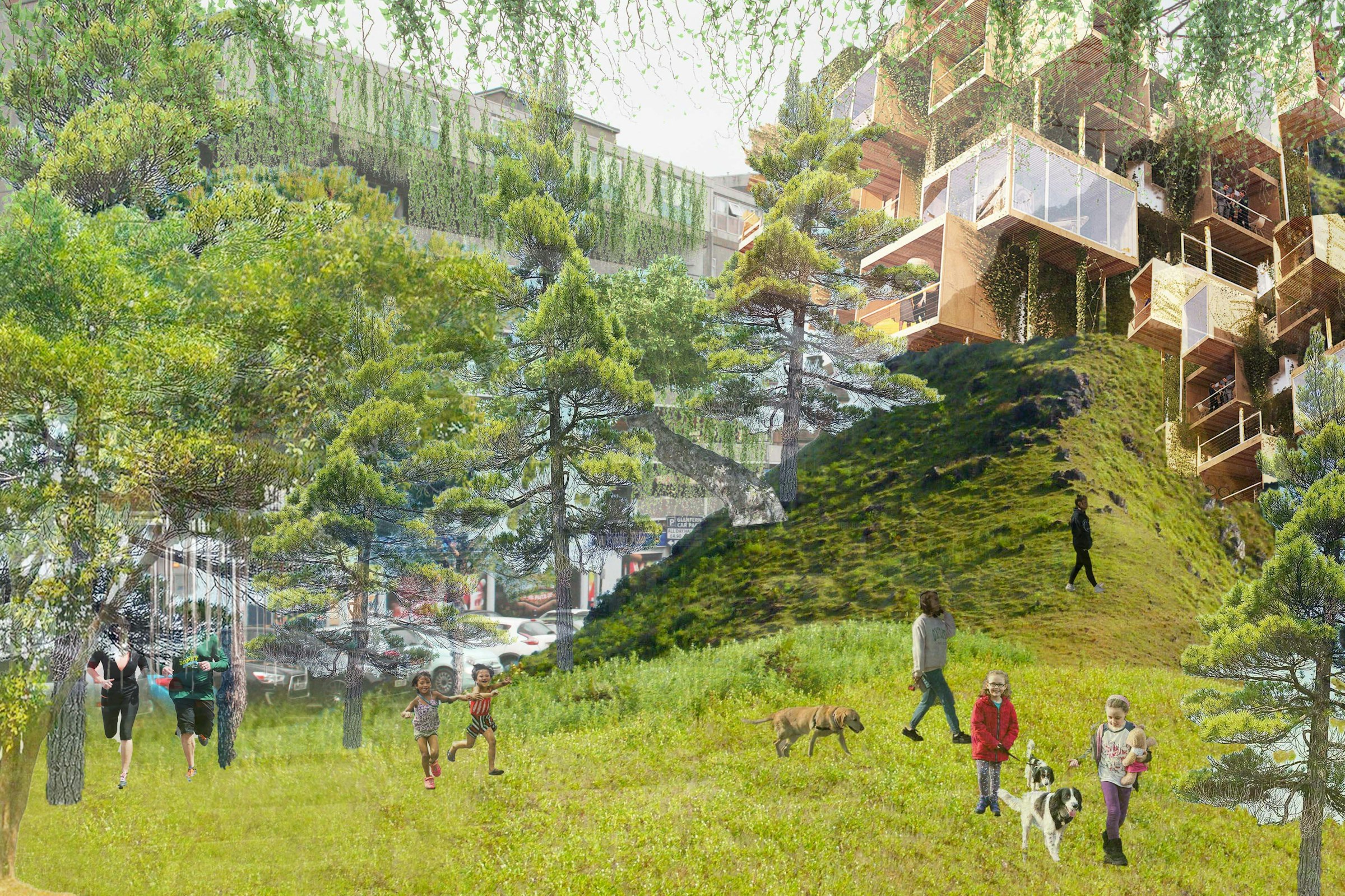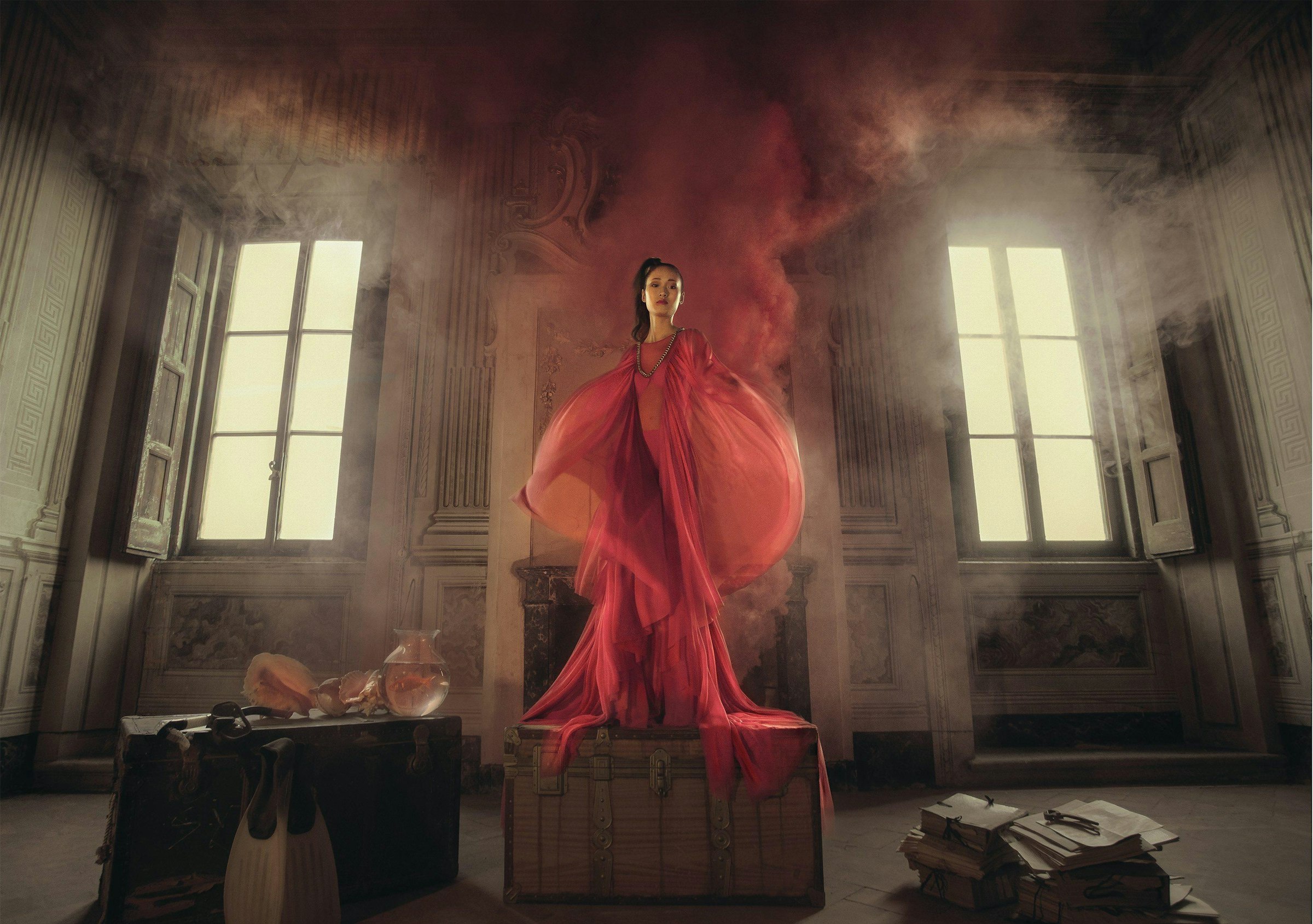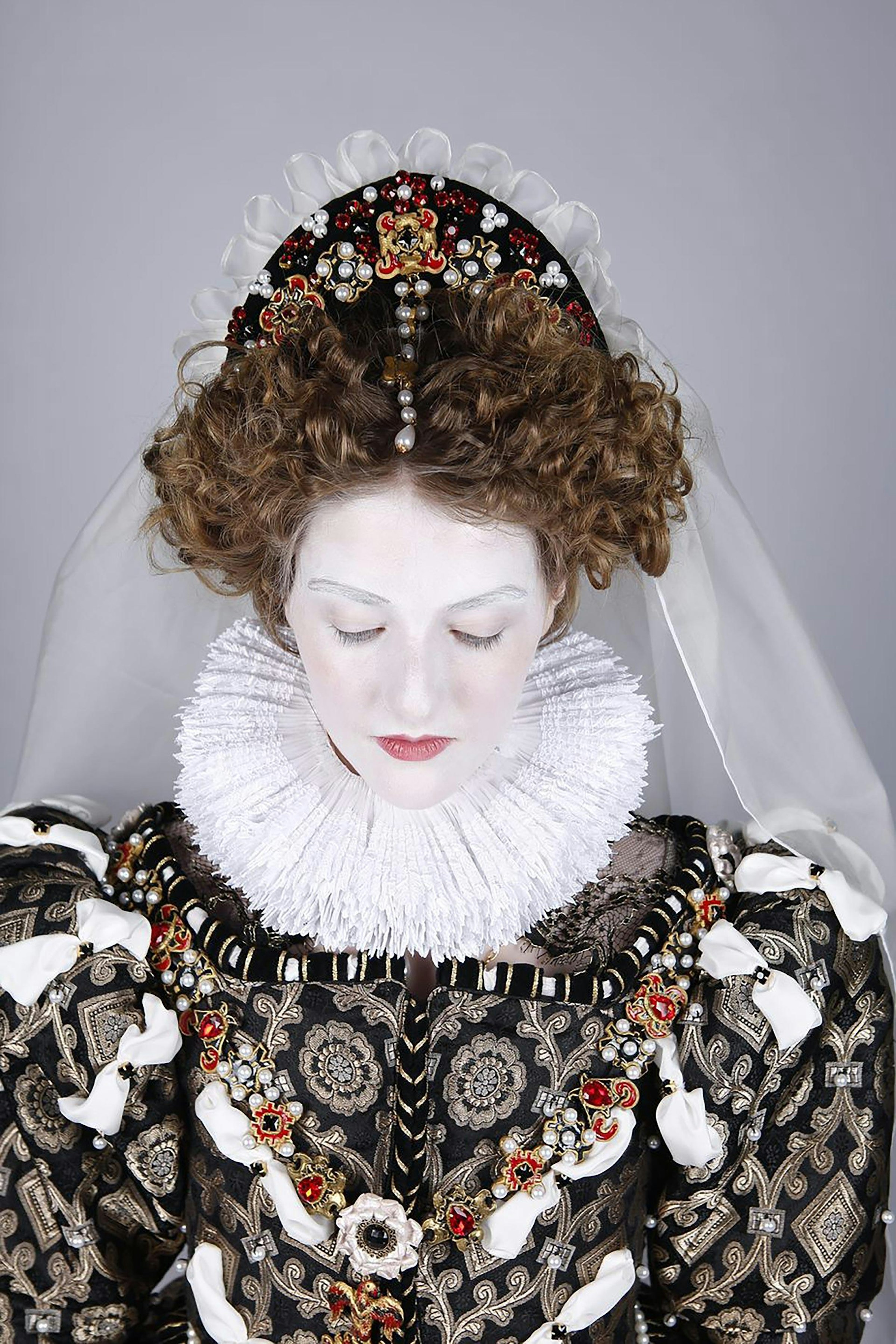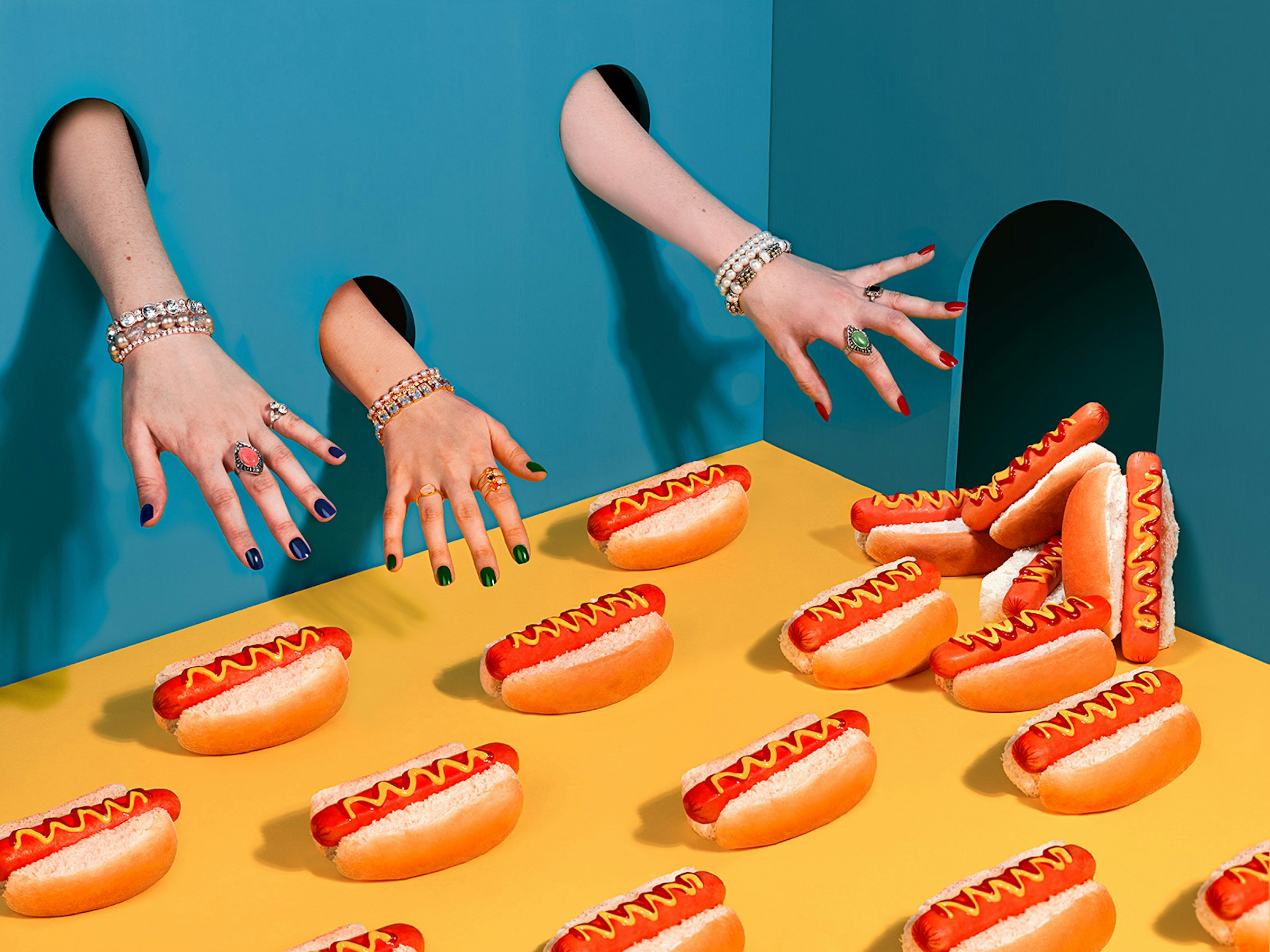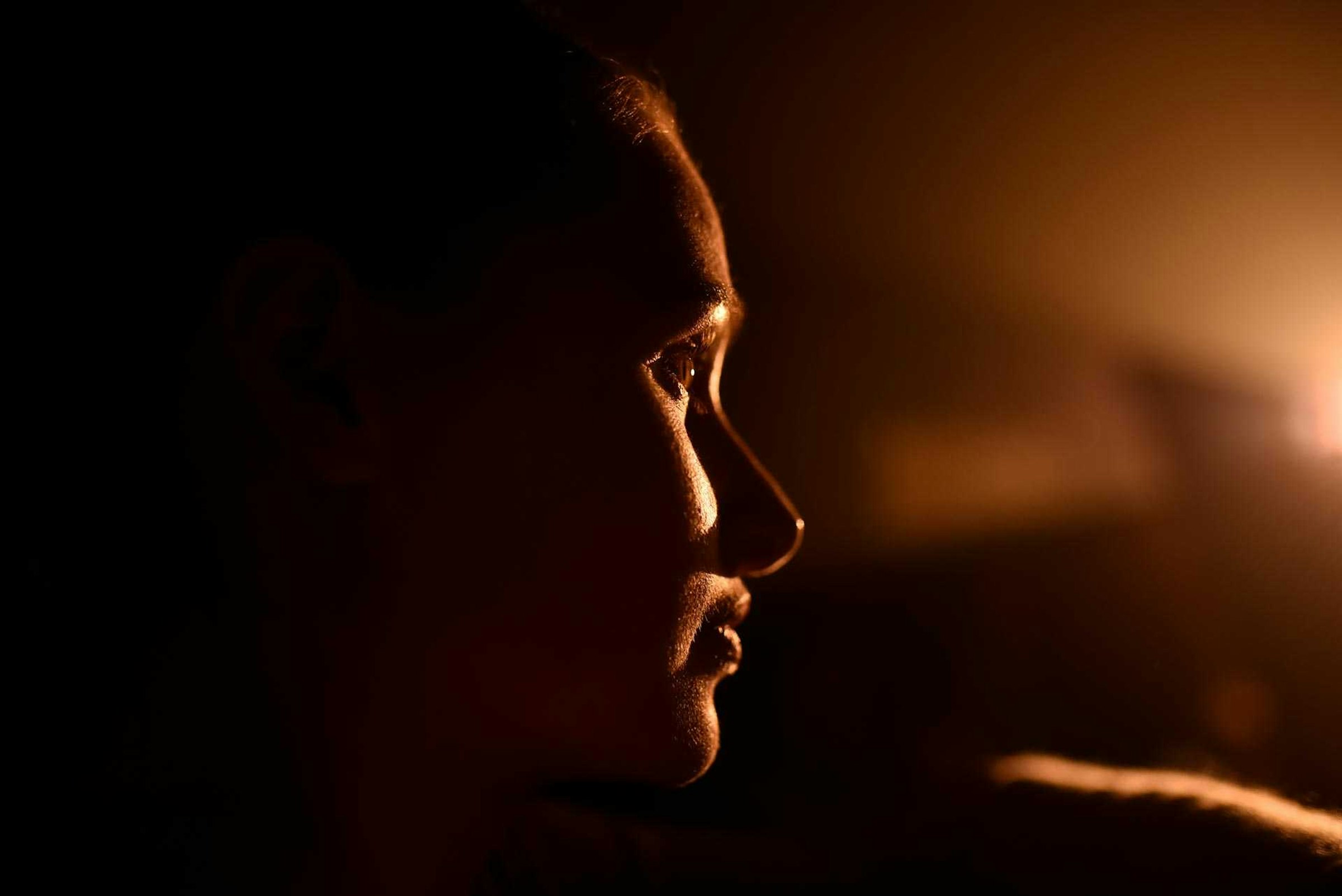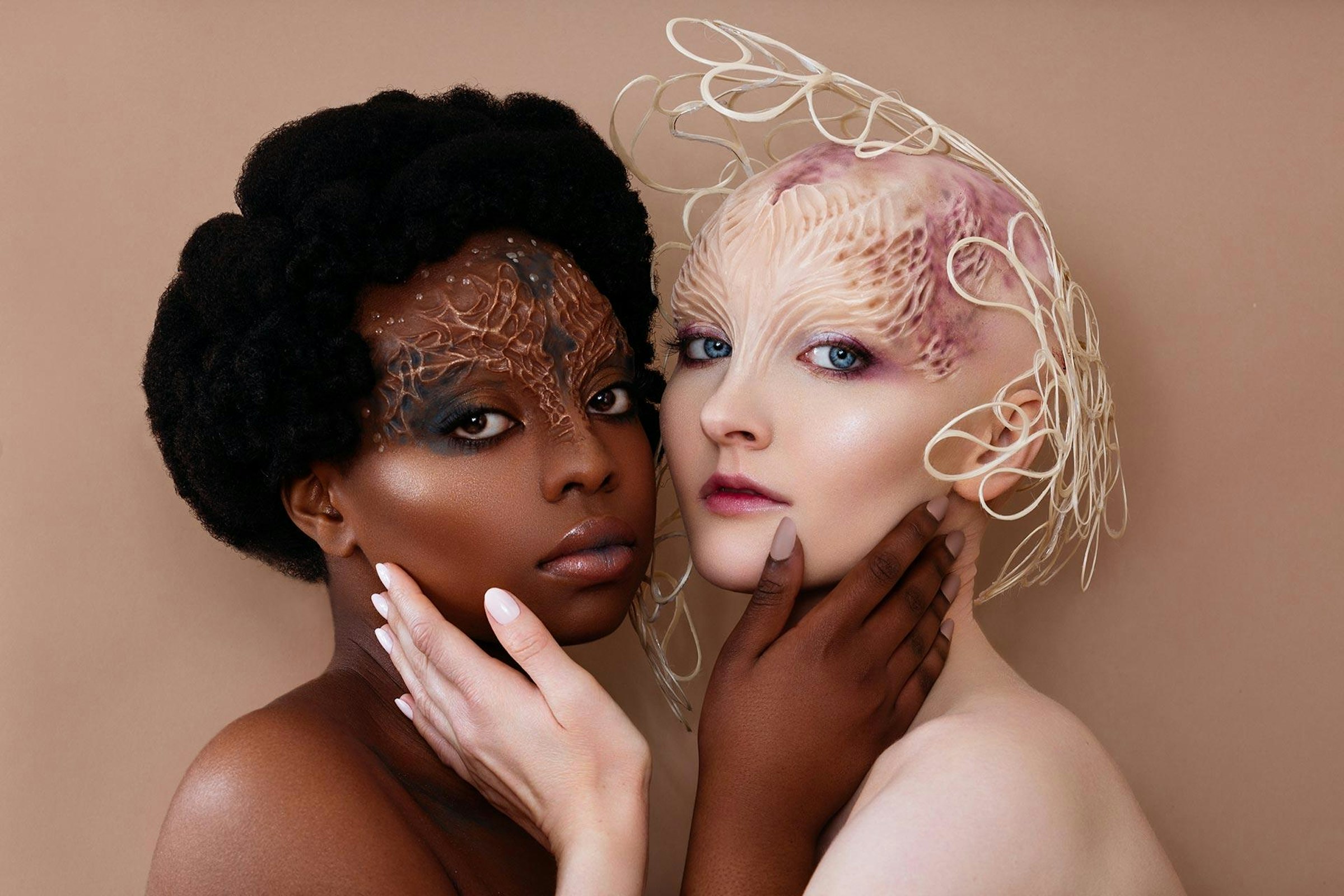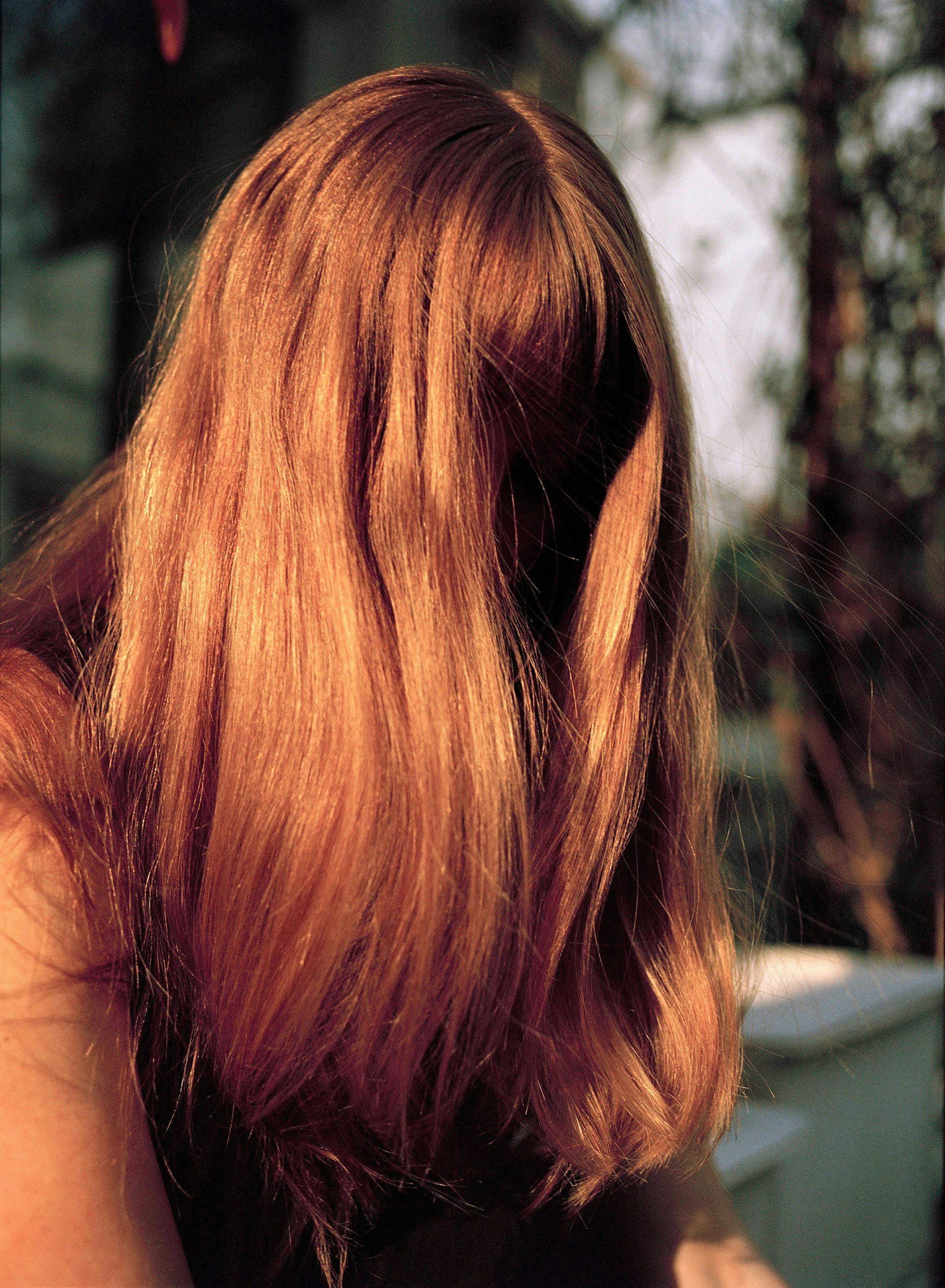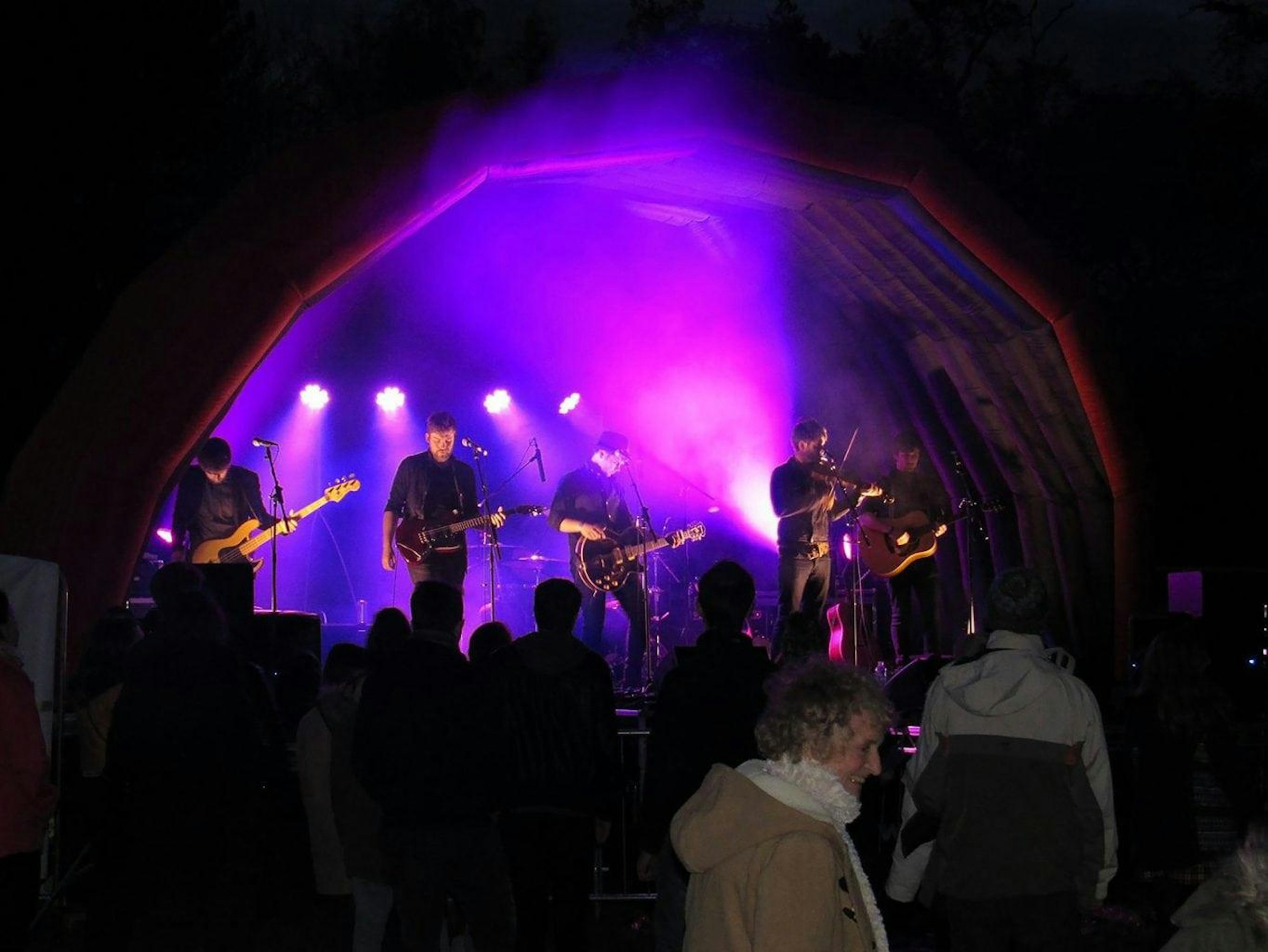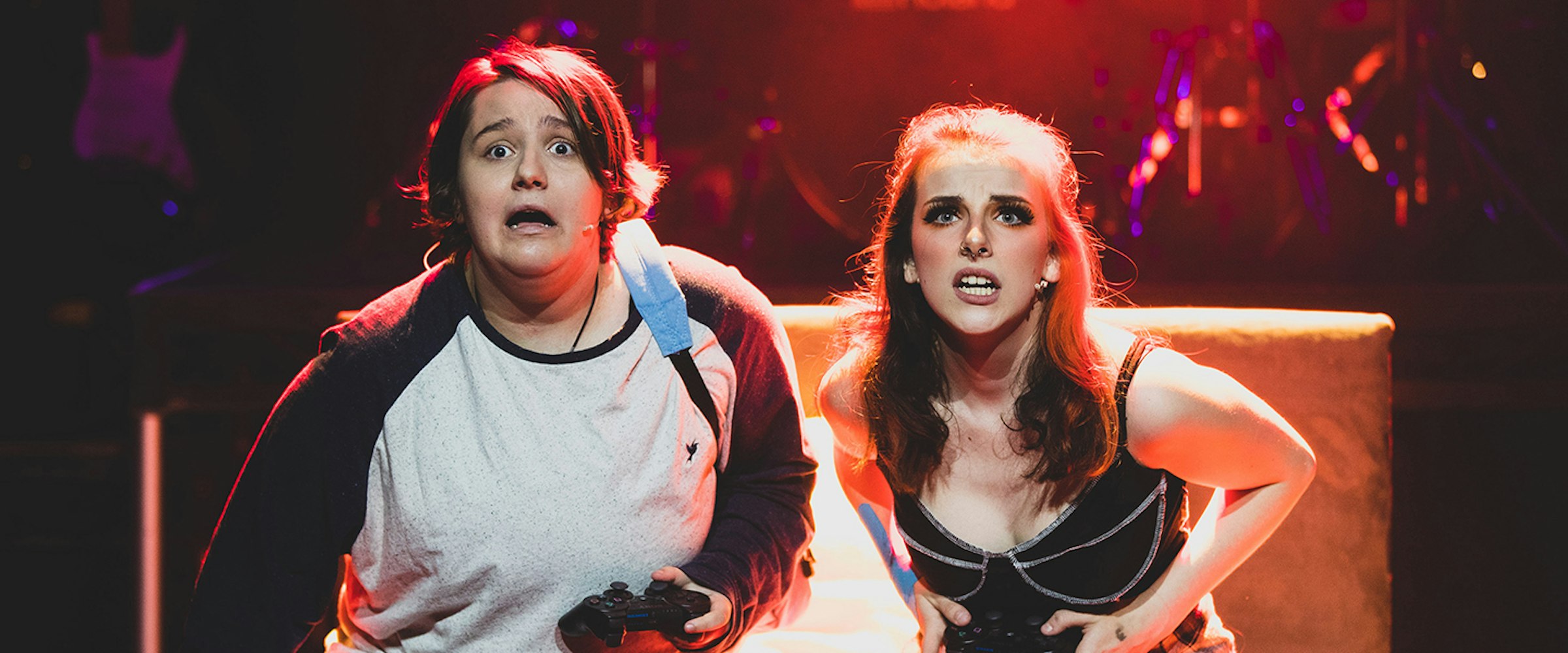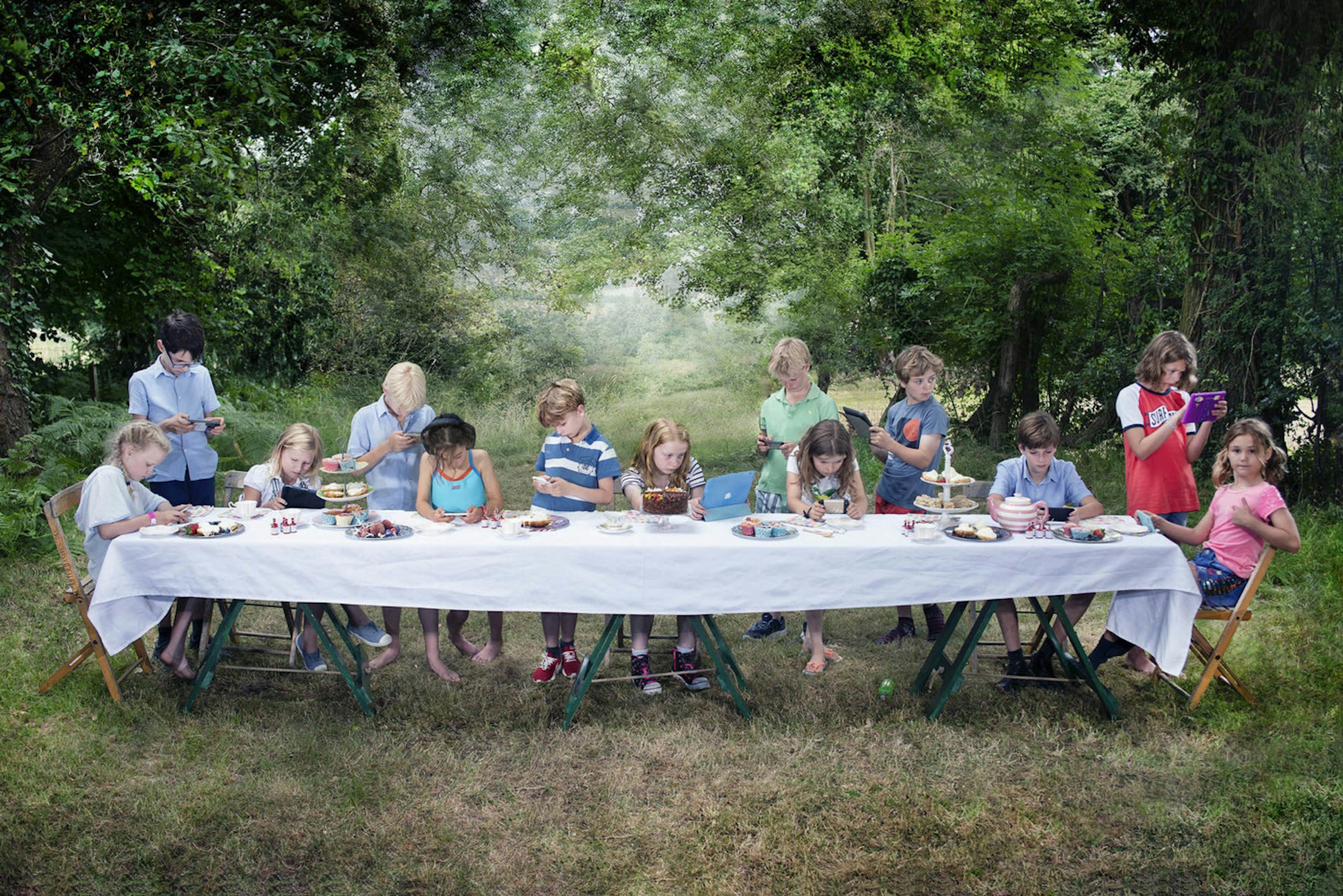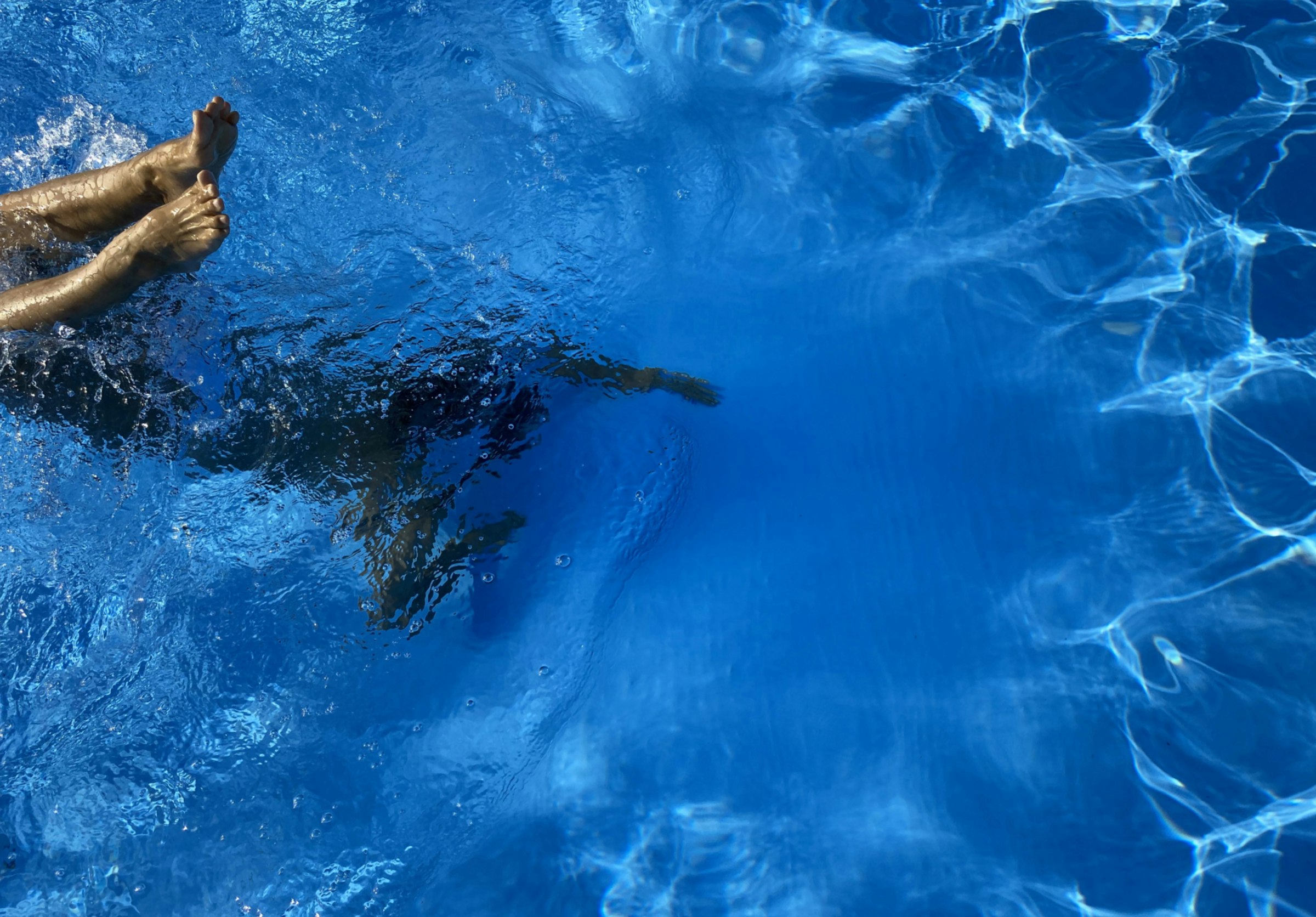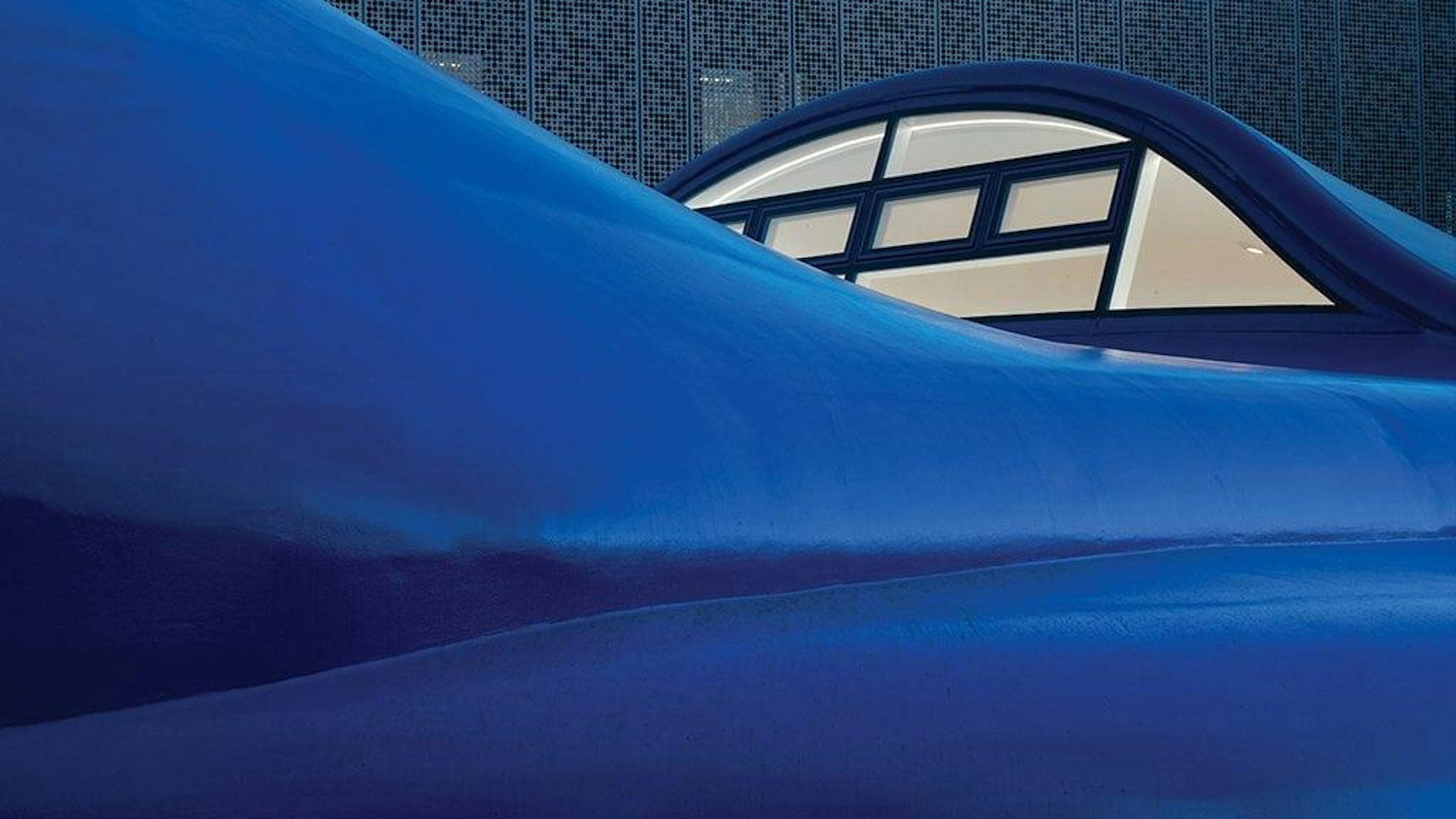
He now works as an Art Director for AKQA Paris. He talks to us about his time at AUB, his career so far and his ambitions for the future.
When did you first notice a passion for design?
I never really noticed it as a single moment as such, it’s just always felt natural to me. I always think it’s like people who can speak languages, it comes easily to some people. I guess it’s the same with design. You either have an eye for it, which you develop and train without even realising, or you don’t.
How did you find your time at AUB?
I appreciate my time at AUB more so now than I did immediately after I left. The decisions I made, people I met and projects I produced have directly impacted on almost my entire 20s. The opportunities I now face all came from what I did during those three years. I’m still in daily contact with course members personally and professionally and projects that I started are still going – such as a publication called Justified Magazine.
I learned that it’s important to give yourself the time to really find out what you like. What you think you like in your first year will change – it’s the same with any project that you do when you graduate. I arrived at AUB on the BA (Hons) Illustration course 100% certain that I was going into a life of illustration and drawing. I left in third year from the Visual Communication degree with a portfolio of graphic design and digital concepts (which won the D&AD student of the year), films and a magazine. I could have never predicted that in Year One.
How did the course prepare you for entering the creative industries?
The nature of the BA (Hons) Visual Communication course is that you experiment. In my third year, my FMP (final major project) looked into the Bauhaus and how back then they believed that design was one discipline. Architects were designers, designers were photographers, architects were typographers etc. They believed it was counterproductive to refine yourself to one practice.
I applied what I learned from this mindset to the rest of my work, which helped me produce a diverse portfolio. It was this diversity that interested AKQA London, as that’s the nature of the agency.
Can you tell us more about your career so far?
I started at AKQA London and worked there for two years. I worked on clients including Volvo, F1, Nike and Studio Canal. I then had the opportunity to work on a project in Paris for two weeks for Hermès and I fell in love with the brand and the city. It was an easy decision to stay.
I have now been in Paris for over three years and have been lucky enough to work on projects for Chanel, Hermes, Google and Nike. I am currently the creative lead on a new brand called House 99, which is a collaboration between L’Oréal Paris and David Beckham.
Can you tell us a bit about your current role?
The best part about being an Art Director is being able to dive completely into different universes for a period of time. At AKQA we always aim to know the brand better than our client, and to do this you need to really live the brand. This can be an amazing experience, with lots of travelling, reading and research. And because our studio is fairly small, you are always on at least two projects at once so boredom is never an option.
What work are you most proud to have produced so far?
I am most proud of the exhibition we did for Chanel called Mlle Privé. It was a project which involved almost every design discipline, working with scenography, architecture, graphic design and completely new technologies (at the time).
But my most proud project is what I am doing right now, so check back in two months’ time!
Do you have any future career aspirations?
I really want to push my magazine, Justified, more. I feel it has the potential to grow into a more exciting format, such as exhibitions and more of a collaborative sharing experience. So hopefully I can get the time to do that with the magazine’s co-founder, Will.
What’s your one piece of advice for the next generation of creatives?
Keep your work as broad as possible in the early years and be as open as you can to learning new practices. The industry is changing at such a fast rate and new technologies are dictating the way we are behaving, so creative communication and design needs to reflect that to stay relevant.
And just enjoy it. If you enjoy your work, people can sense your energy, which is contagious and other people who enjoy their work will want to work with you. It’s as simple as that.



